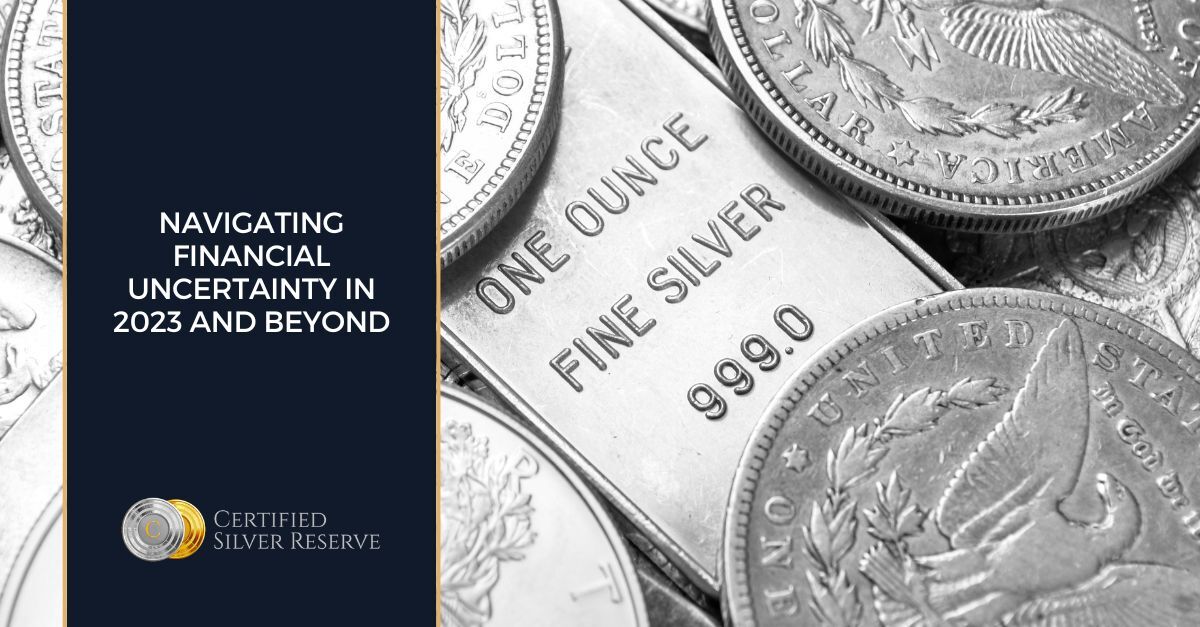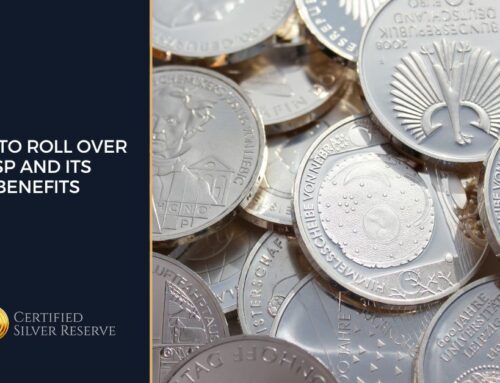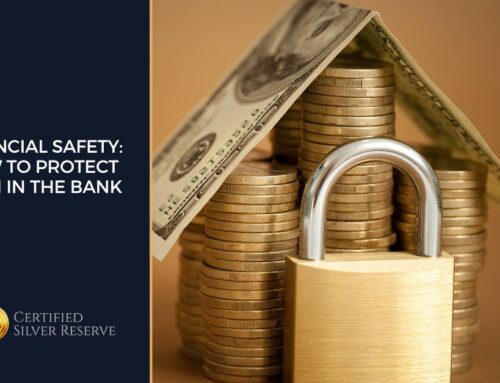The year-end of 2023 presents a confluence of financial challenges that warrant careful consideration and planning. This template explores four key aspects of this financial landscape: the Run on Banks, the impending $1.5 Trillion Debt Crisis in the Real Estate Market, the repercussions of a Stock Market Collapse, and the potential transition to the Digital Dollar. Additionally, we will discuss the role of physical gold and silver as a stability anchor and a long-term safe haven for securing your financial future.
- The Dangers of a Run on Banks:
- Overview: – Define a “Run on Banks” as a mass withdrawal of funds from financial institutions due to economic uncertainty.
- Causes: – Discuss factors like economic instability, inflation, and public confidence as triggers for bank runs.
- Implications: – Explore how bank insolvencies can lead to financial contagion and impact individuals’ savings.
- Mitigation: – Mention government interventions and deposit insurance programs as measures to counteract bank runs.
2. The $1.5 Trillion Debt Crisis in the Real Estate Market (2024):
- Description: – Explain the significance of $1.5 trillion in real estate debt coming due in 2024.
- Potential Outcomes: – Discuss the consequences of debt defaults, including foreclosures, declining property values, and market instability.
- Systemic Risk: – Highlight the interconnectedness of the real estate market with the broader financial system.
- Strategies: – Propose collaborative efforts between government and industry stakeholders to address this impending crisis.
3. Impact of a Stock Market Collapse:
- Scenario: – Describe potential triggers for a stock market collapse, such as economic downturns or speculative bubbles.
- Consequences: – Analyze the repercussions, including wealth erosion, reduced consumer spending, and investor panic.
- Systemic Risks: – Emphasize how market collapses can reverberate through the financial system.
- Preparedness: – Suggest strategies like diversifying investments and maintaining a long-term perspective to mitigate risks.
4. The Transition to the Digital Dollar:
- Overview: – Explain the global shift towards digital currencies, including central bank digital currencies (CBDCs).
- Benefits: – Highlight advantages such as enhanced security, reduced transaction costs, and improved financial inclusion.
- Challenges: – Address concerns like privacy, cybersecurity, and the potential replacement of traditional fiat currencies.
- Transition Period: – Discuss the complexities of transitioning from fiat to digital currency, including regulatory considerations.
5. The Role of Physical Gold and Silver:
- Stability and Insurance: – Argue that physical gold and silver have historically served as stable assets and insurance against economic uncertainties.
- Long-Term Safe Haven: – Advocate for their role as long-term safe havens for preserving wealth and securing one’s financial future.
- Portfolio Diversification: – Suggest including precious metals as a diversification strategy to hedge against volatility in other asset classes.
- Expert Opinions: – Quote experts or historical examples that support the enduring value of physical gold and silver.
In the face of the multifaceted financial challenges that may arise by the end of 2023 and beyond, it is crucial to assess and adapt one’s financial strategy. While the risks of a Run on Banks, a Real Estate Debt Crisis, Stock Market Collapse, and the transition to a Digital Dollar are real, physical gold and silver offer a time-tested foundation for stability, liquidity, insurance, and long-term financial security. Consider these factors when crafting your financial plan for the future.








